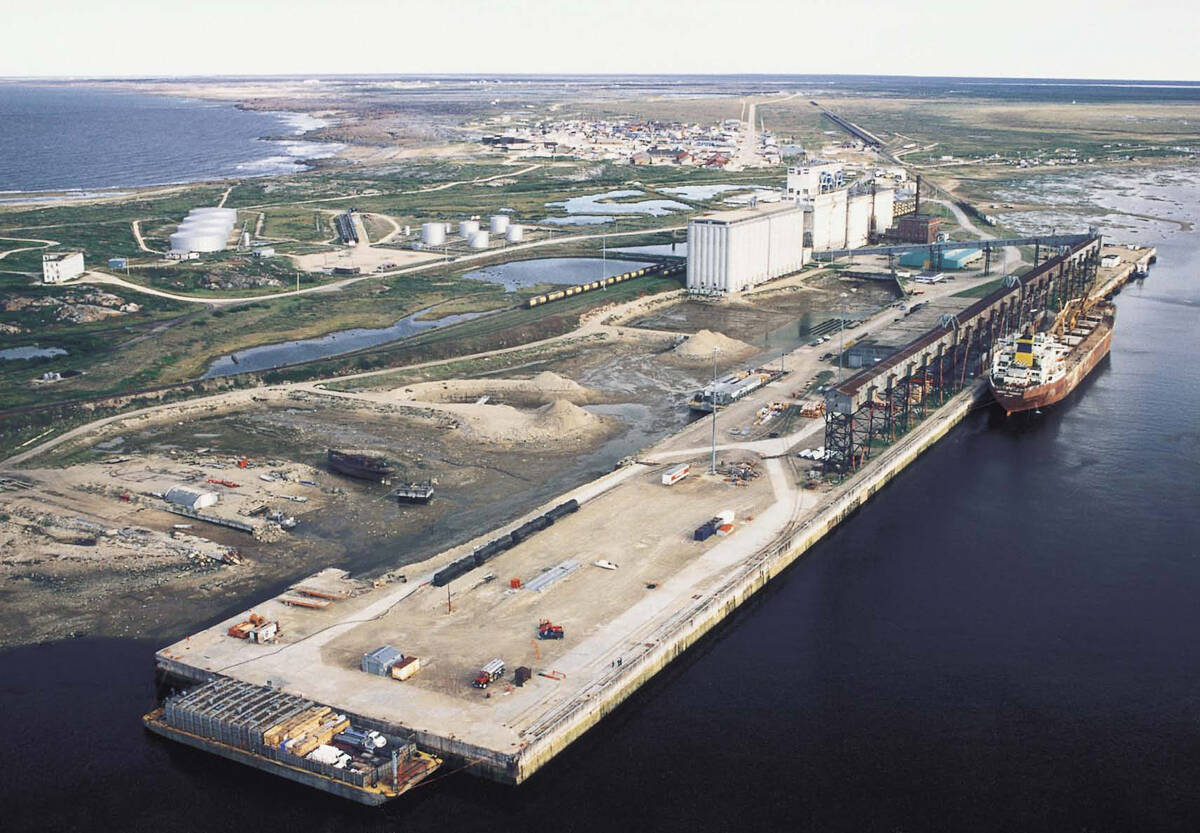SAN DIEGO, Calif. — The beef industry’s three year roller coaster ride should be slowing down.
The U.S. beef market varied by 32 percent in 15 months with wild swings from record prices to dizzying losses, said market analysts at the Jan. 25-29 National Cattlemen’s Association meeting in San Diego.
“We went through the third largest rally in the history of the industry from 2014-15, then we turned around and went through the third largest break in history in this last 12 months,” said Cattlefax chief executive officer Randy Blach.
Read Also

Defence investments could benefit agriculture
A bump in Canada’s NATO spending commitments could lead to infrastructure investments that would benefit rural areas
“This is the second most volatile market in history,” Blach said.
“It is more volatile than when we had BSE.”
Cow-calf producers enjoyed considerable profitability as they sold their stock for record prices, but those high-priced calves had consequences for the feedlot sector.
“Stocker operators, cattle feeders were buying $100-$150 losers in the fall of 2014 into the spring of 2015,” he said.
Feedlots that weren’t hedged lost $5.1 billion in 2015-16, compared to a record profit of $5.6 billion 2013-14. Fed cattle prices increased $28 per hundredweight in 2014 from 2013.
“Typically within the first 12 to 18 months when the market pops, we are giving back all the equity that we have made, assuming that we weren’t hedged. This wasn’t any different,” he said.
“Equity has left the industry.”
The packing sector also slumped with slaughter falling to 23 million head in 2015 from 30 million 10 years ago. Plants closed across the U.S. Those remaining are working closer to capacity.
These extreme changes were due to several factors, starting with a shortage of pork, beef and poultry a year ago, which drove meat prices higher. The U.S. dollar began to rise against other currencies, hurting American meat exports.
The United States has historically exported 16 billion pounds of meat, which is 17 percent of the total U.S. meat supply. In 2015, exports fell to 14 billion lb., and Americans had to eat that extra meat.
High prices and better growing conditions across the country encouraged renewed expansion of the American herd.
The U.S. Department of Agriculture said the current rebuilding phase is the most significant in 20 years: more heifers are staying home for breeding and fewer cows are being shipped for slaughter. That ultimately will ease tight beef supplies when their offspring go to market in the next couple years.
“We do think we will continue to expand but at a slower pace,” said analyst Kevin Good.
“We think cow slaughter will start to pick up but still at a pace that suggests expansion.”
Fed cattle lost big money as carcasses became record large in the fourth quarter of 2015 but margins are starting to recover as weights fall.















